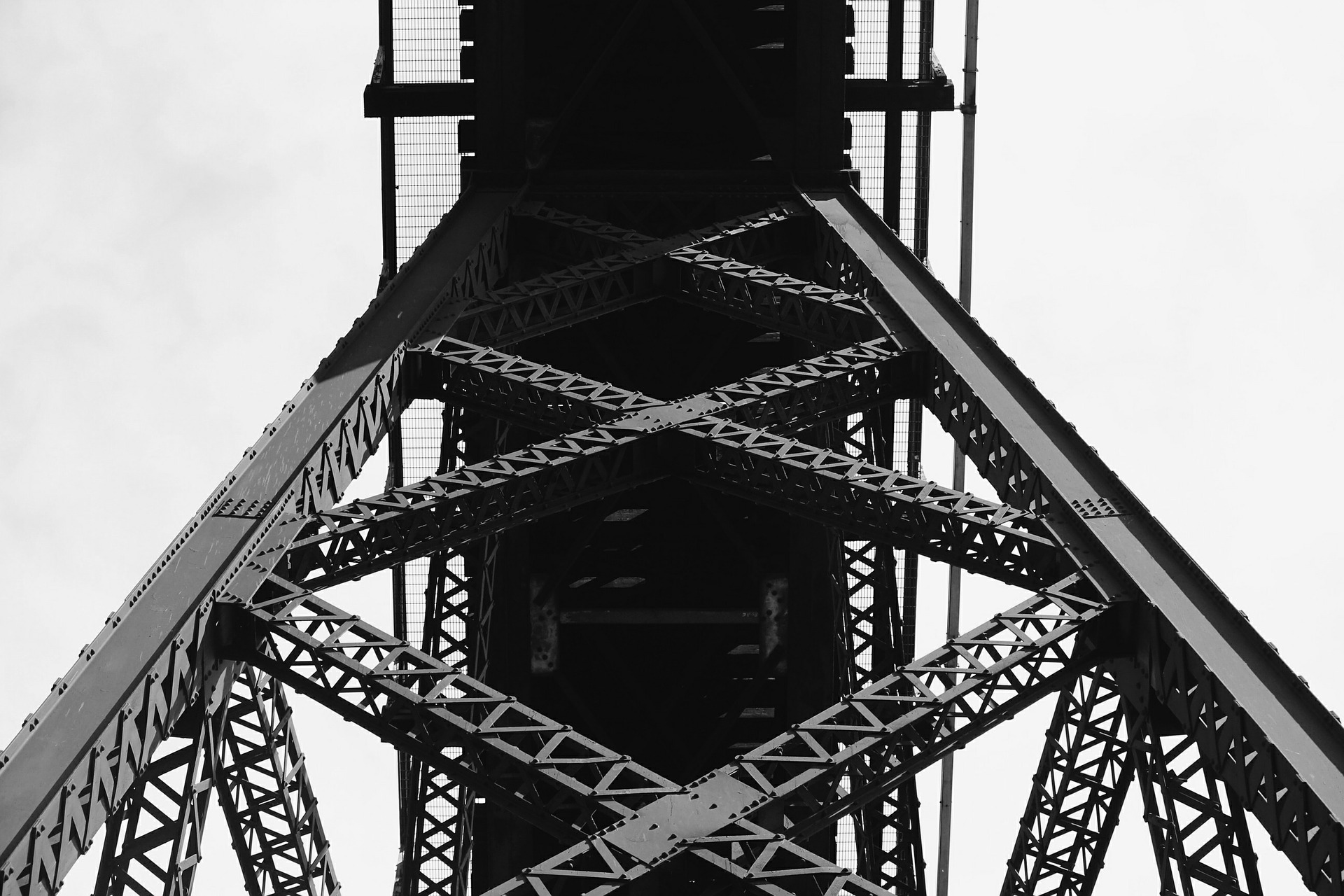What Exactly is a “Ferrous Metal” and Which Metals are Ferrous?

All alloy metals that contain iron in the +2 oxidation state (Fe2+) are called “ferrous”. In practice, “ferric” metals that contain the iron oxide Fe3+ also fall under the same category.
The word “ferrous” derives from the Latin “ferreus” which means iron, so the connection is pretty obvious.
Common alloy metals of this kind are steel, carbon steel (structural), stainless, cast iron, and wrought iron. The use of ferrous metals was first documented around 1,200 BC, while the “Iron Age” epoch that followed in 500 BC and onward was characterized by the production of metals containing iron, as well as other metals like silicon or manganese or elements such as carbon.
The reason why this made a huge difference from non-ferrous metals like the bronze that was used before is that ferrous metals are a lot stronger, featuring higher levels of durability and tensile strength.
Non-ferrous metals like aluminum, copper, lead, tin, and zinc are all soft, malleable, ductile, and have low melting points and tensile strengths. Of course, everything has a suitable application field, and both ferrous and non-ferrous metals have their respective pros and cons.
If someone wants to build a bridge, or a skyscraper, or a shipping container, or chains, or nails, or machining tools, or construction bars, or railings, etc., using some kind of a ferrous metal would be a safe and logical choice. A downside of having iron inside these metals is that iron can rust, so when ferrous metals are exposed to moisture they are oxidized and gradually corroded. Using protective layers such as chromium is one way to tackle this problem, while wrought iron has excellent resistance to rusting thanks to its purity. Another important property that iron gives to ferrous metals is that it makes them magnetic. This enables engineers to create ferromagnetic electromagnets that are used in motors, generators, relays, headphones, and even levitating “Maglev” trains

 Tech Steel & Materials
Tech Steel & Materials